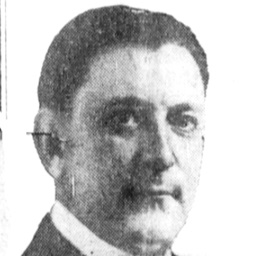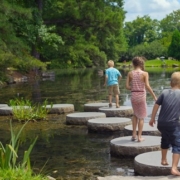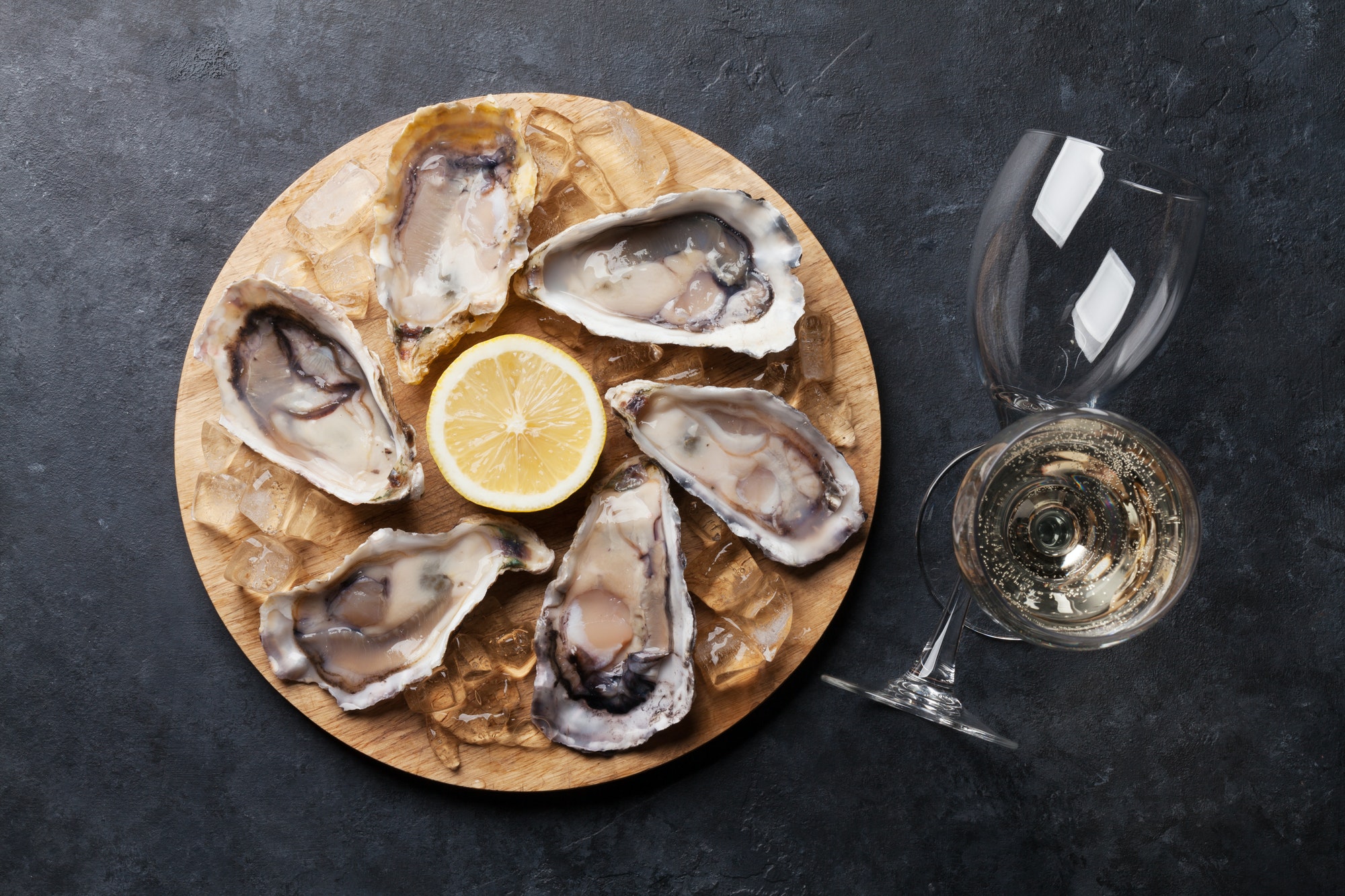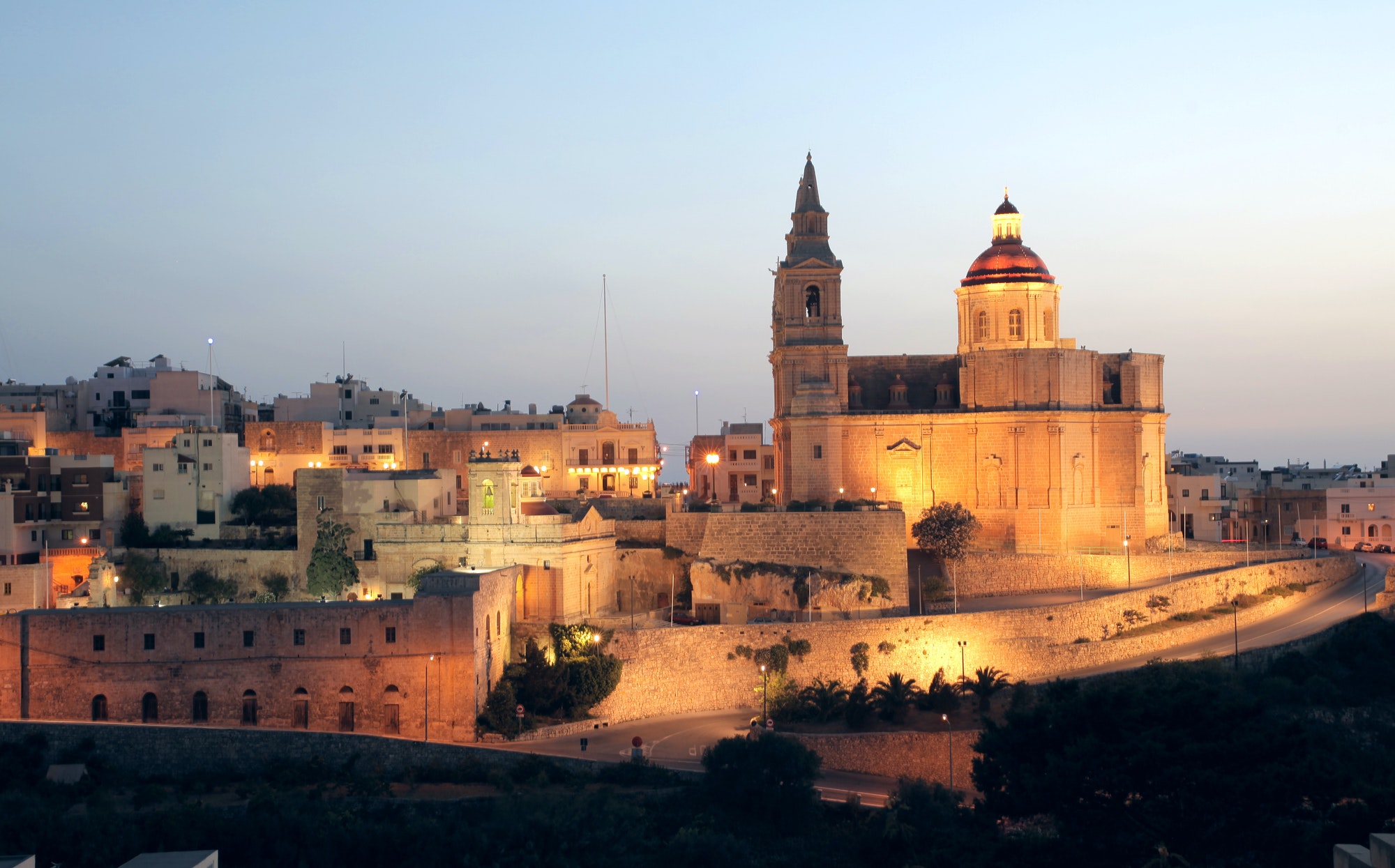Take a Journey through Dental History
Dental museums offer big bites of dental facts. Some open wide with historical displays of 19th century instruments, chairs and cabinets; some drill down by chronicling changing techniques and practices and others polish children’s attitudes toward oral hygiene with hands-on displays that extract myths, replacing them with filling facts.
At the following dental museums around the U.S., sink your teeth into dentistry’s past, chew on various cultural attitudes and enjoy tasty professional tidbits. And that’s the whole tooth.
Dr. Samuel D. Harris National Museum of Dentistry, University of Maryland School of Dentistry, Baltimore, MD
Opened in 1966 when administrators cut a long piece of – what else – dental floss strung across the entry doors, the National Museum of Dentistry is an affiliate of the Smithsonian Institution. The collection’s 40,000 objects include dental instruments, furniture and artwork used to explore the biological, anthropological and social history of all things dental. Among the treasures are a set of George Washington’s ivory dentures as well as dental picks and tooth scrapers used on Queen Victoria. Fun finds: discover cultures that filed their teeth into sharp points and those that blackened their teeth; and learn that a narwhal’s tooth weighs about 22 pounds. Children can don a dentist’s white coat, peer into a huge set of teeth and brush.
Kornberg School of Dentistry’s Historical Dental Museum Collection, Temple University School of Medicine, Philadelphia
 Daily Capital Journal of Portland, Ore., via Wikimedia Commons and the Library of Congress
Daily Capital Journal of Portland, Ore., via Wikimedia Commons and the Library of Congress Photo of Edgar R.R. “Painless” Parker
To drum up business, Edgar R.R. “Painless” Parker used showmanship devised by an ex-manager of P.T. Barnum’s. In 1913 Parker created a traveling dental circus, complete with a dental chair in a horse-drawn wagon surrounded by showgirls and a brass band. Extractions cost 50 cents. Parker promised $5 (the equivalent of $115 today) to anyone who complained about pain as a result of Parker’s work. Patients were “numbed” by whiskey or a solution of cocaine and, if they yelled, the buglers drowned out their screams.
Parker made money and extracted thousands of teeth, which he kept in a bucket that is displayed at the museum. The American Dental Association called Parker “a menace to the dignity of the profession.” Some credit Parker’s flamboyant practices with spurring the ADA and other professional associations to create standards of care. Parker was a graduate of Temple’s dental school.
Dental Museum, University of Nebraska Medical Center College of Dentistry, Lincoln, Nebraska
The Dental Museum showcases some 40 dental cabinets and chairs, laboratories from the 1850s to 1930s, and thousands of instruments, including the cringe-inducing “turnkey.” The dentist hooked one end of the T-shaped device around a rotten tooth, then twisted the handle and pulled. With luck, the tooth came out without a piece of the patient’s jaw attached. Dr. Stan Harn amassed the collection over decades in order to preserve and present the history of dentistry, something lost, Harn felt, as dental curricula grew.


 Dentist's Money Digest
Dentist's Money Digest Frommers.com
Frommers.com Dentist's Money Digest
Dentist's Money Digest Dentist's Money Digest
Dentist's Money Digest Dentist's Money Digest
Dentist's Money Digest Dentist's Money Digest
Dentist's Money Digest Dentist's Money Digest
Dentist's Money Digest Dentist's Money Digest
Dentist's Money Digest